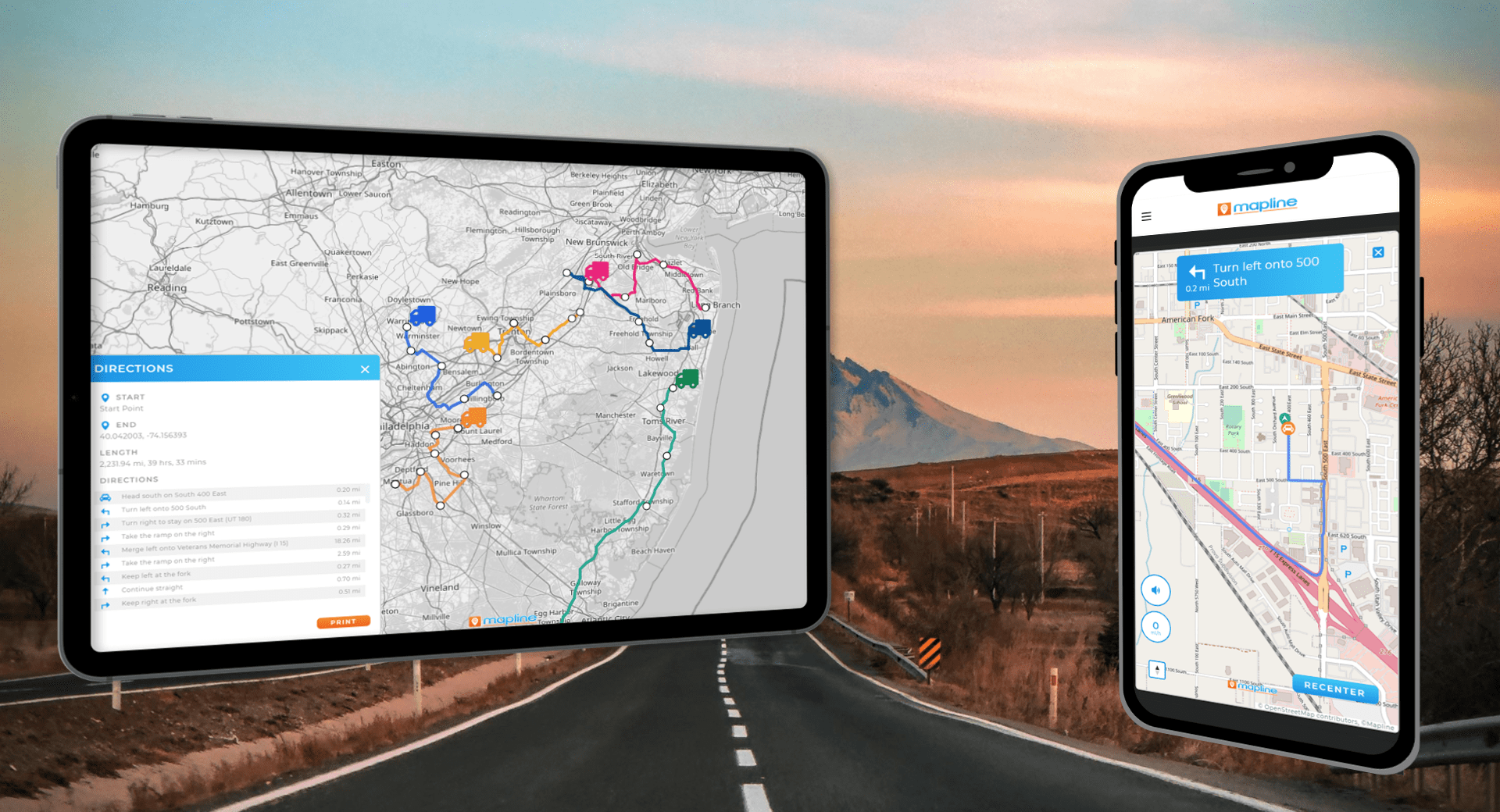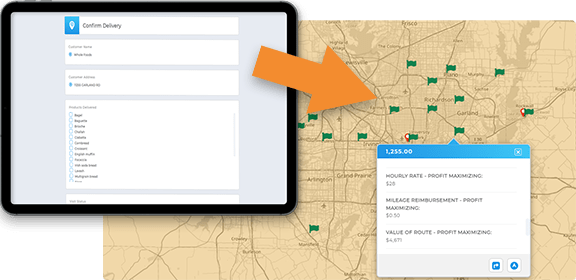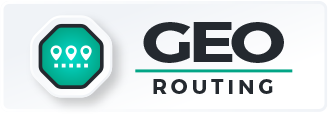- Blog
- Geo Routing
- Last Mile Routing: How Leading Enterprises Tackle Logistics’ Costliest Challenge
Last mile routing provides the tools to optimize this critical stage, ensuring that deliveries arrive faster, cheaper, and more reliably. The final stretch of delivery — the “last mile” — is often the most expensive and complex stage of logistics. With rising fuel costs, traffic congestion, and customer demands for same-day or next-day service, businesses are under intense pressure to get it right. For enterprises managing large fleets, adopting advanced dispatch and routing software is no longer optional — it’s the backbone of cost control and customer satisfaction.
Why the Last Mile Is So Costly
The last mile accounts for more than half of total delivery costs. Inefficient last mile delivery optimization leads to wasted fuel, missed time windows, and dissatisfied customers. Without the right tools, dispatchers spend hours manually creating routes that don’t account for traffic, capacity, or delivery priorities. By contrast, last mile routing powered by modern software automates the process, ensuring routes are efficient and drivers stay on schedule.


Pro Tip: Last mile challenges multiply as fleets grow. Geo Routing pairs last mile route optimization with dispatch scheduling, workload balancing, and multi-stop planning — so enterprises can cut costs and deliver better service at scale.
How Last Mile Routing Works
Last mile route optimization combines advanced algorithms with real-time data to create the best delivery sequences. A dispatch route planner assigns jobs to drivers, while routing software determines the most efficient path across multiple stops. For enterprises, last mile delivery route optimization connects dispatch scheduling, GPS tracking, and customer notifications into one system. This ensures every delivery is optimized from the warehouse to the customer’s door.
Key Benefits of Last Mile Routing for Enterprises
Investing in enterprise-grade logistics routing software pays off across the organization. Optimized last mile routing reduces fuel costs and vehicle wear by minimizing unnecessary travel, directly improving profitability. It also shortens delivery windows, helping companies meet rising customer expectations for fast and reliable service. On the operations side, centralized route management ensures consistency across teams and regions, even during high-volume peaks. For field service and logistics managers, the ability to analyze route performance provides insights that drive smarter resource allocation and workforce scheduling. Together, these benefits transform last mile routing from a cost center into a competitive advantage.
Lower Delivery Costs
By reducing mileage and idle time, last mile delivery optimization cuts fuel expenses and vehicle wear. Enterprises save significantly when multiplied across hundreds or thousands of deliveries.

Improved On-Time Performance
Modern transportation routing software accounts for traffic conditions, delivery windows, and driver capacity. This keeps fleets on track and improves customer satisfaction with reliable ETAs.

Scalable Operations
Manual planning may work for a handful of vehicles, but enterprises need automation. Mapping software for multiple locations ensures even the largest fleets can handle growing demand without sacrificing efficiency.

Better Visibility and Control
Integrated dispatch and routing software provides real-time insight into driver locations, delivery status, and performance metrics. This visibility allows managers to make adjustments instantly and maintain service quality.

It’s the process of optimizing the final leg of delivery from the distribution center to the customer’s location.
It accounts for the most miles, highest fuel usage, and strictest delivery windows, making it the costliest part of logistics.
Last mile routing focuses on customer-facing deliveries, while regular routing may include broader logistics or linehaul operations.
Yes. While enterprises gain the most, small businesses also benefit from reduced costs and improved efficiency.
Yes. Mapline combines dispatch scheduling, routing, and real-time visibility to optimize last mile logistics.
It allows businesses to plan complex routes across many stops, improving efficiency and scalability.









